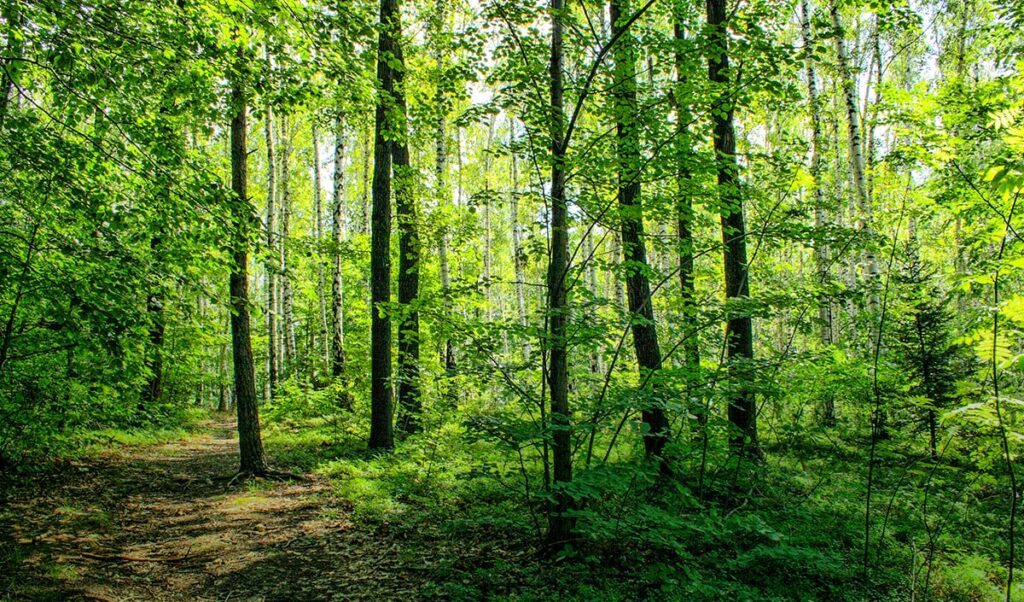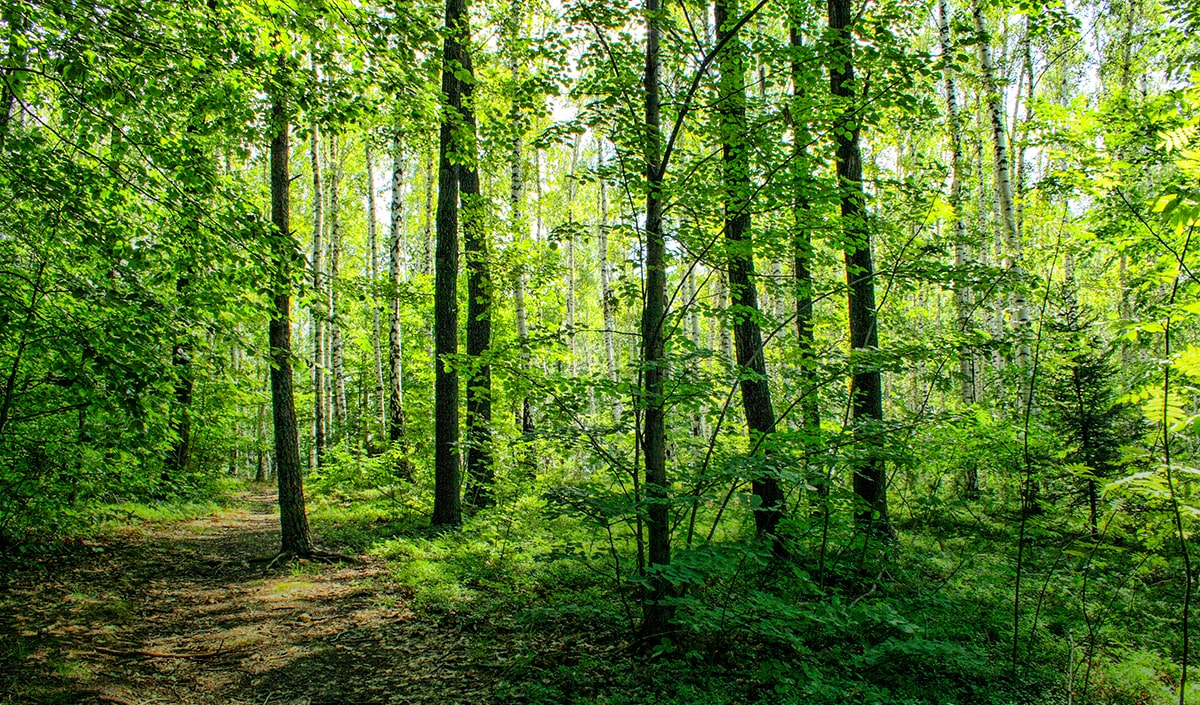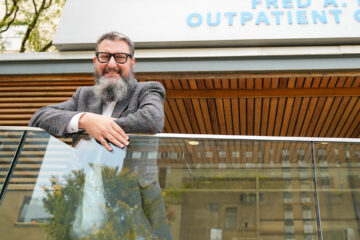Peter Wohlleben: Turning Over A New Leaf
Forester and author Peter Wohlleben discusses the importance of doing forestry right in today’s changing climate and how he’s unravelling the hidden life of trees.
The German word Waldeinsamkeit has no direct English translation. Instead, the combination of the word for forest (Wald) and solitude (Einsamkeit) evokes more of a feeling than a defi nition, and illustrates not just the deep connection the country has with its forests but how intertwined the natural world is with humanity.
Having written a book called The Hidden Life of Trees that was named a New York Times, Washington Post and Wall Street Journal bestseller and translated into 47 languages, German forester and author Peter Wohlleben has proven that people’s obsession with nature is global.
He pinpoints his love for the natural world to as early as age 6 when, despite not knowing what it was, he wanted to become an environmentalist. After school he contemplated studying biology to pursue that interest before reading in the newspaper that the German forestry commission was on the lookout for students.
But after training as a forester and entering the industry, the idea of cutting down trees that were hundreds of years old just to plant others felt wrong. “The most important forest scientists advise the German government that self-healing forces of nature are no longer present,” he explains. “That’s crazy, because trees have done so for 300 million years and we’ve had forestry for 300. There’s no artifi cial forest on Earth that’s better than the primeval forest.”
So, after a period of travelling to different forests, reading studies, forging connections with scientists and dedicating himself to a process of continuous learning, he didn’t just discover that there’s a way to achieve environmentally friendly foresting, but noticed a pattern.
“I hosted guided tours through forests for more than 30 years, where I would tell people about tree communication, and people always asked where they could read more.” With no book on the market to direct them to and with an inspirational push from his wife to put pen to paper, Wohlleben wrote the book people were asking for.
That book is the aforementioned The Hidden Life of Trees, exploring the science that underpins how trees communicate, feel and thrive as a community. Wohlleben himself adopts that philosophy, taking an open approach to sharing insights that put the importance and intelligence of trees into perspective.
He describes how oak trees can call on birds to get rid of caterpillars feeding on their leaves. He talks about the process trees will take to defend themselves from an attack by bark beetles and let surrounding trees know of the imminent danger. He talks about the devastating correlation between the meat industry and deforestation, and how burning wood is worse for the climate than burning coal.
He also shares that his favourite tree is the one standing 10 metres from his window, a birch planted when his house was built almost 90 years ago. “It’s one of the biggest birches I’ve ever seen,” he says. “It’s very healthy, thick and tall, with squirrels and insects and birds.”
In 2023, Wohlleben will continue his dedication to the topic by releasing The Promise of Trees, a book discussing how ancient forests are adapting to climate change and how they’ll save us in an increasingly threatening climate.
“Something that’s surprising is that trees can learn to deal with climate change very fast,” Wohlleben says. “Even thousand-year-old oaks are able to learn from one day to another, and pass this information to their seeds so the this, and the idea that trees are reacting to climate change faster than we thought.”
The book will also deal with the role of forestry and how we can make it better — a topic Wohlleben is passionate about. He shares how much joy he finds walking in a nearby protected forest. “When I walk through and know there will never be a chainsaw cutting those trees, I’m at peace.”
With any career comes learning, points to propel you to a new understanding or perspective. Having the forest as your office is no different, and Wohlleben shares the lessons he’s personally taken from trees and applied to his own life.
“The first lesson is to be social,” he says. “A single tree is not able to survive. When we see droughts and storms, a single tree is always in danger. A good community, where trees share without conditions, is very important.” Wohlleben’s second lesson is to have patience. “Everything that’s fast is unhealthy. We know that organisms that are slow-growing in their youth can grow very old. It’s not good to be on the fast track of life.”
As our conversation with Wohlleben comes to a close, he tells us that a staggering 80 to 90 per cent of species that live in forests are currently undetected, including most of the insects, fungi and bacteria. It’s a reminder that we don’t yet fully understand how the forest works and, as a result, how it will deal with the changing climate.
It also reminds us of the necessity of people like Wohlleben, and the work they do in not just uncovering the forest’s mystery but protecting it for years to come.
www.peter-wohlleben.de
@peter_wohlleben
Interview by Estelle Zentil















































































